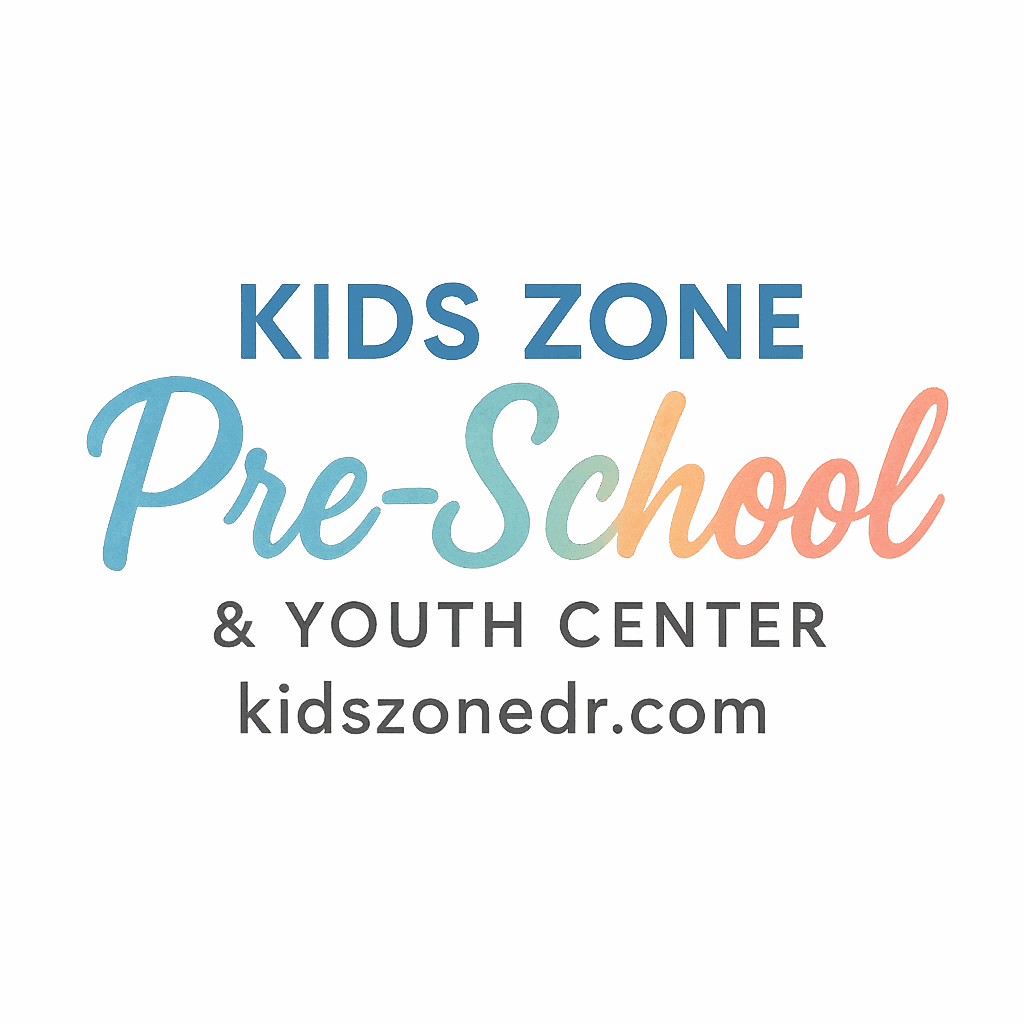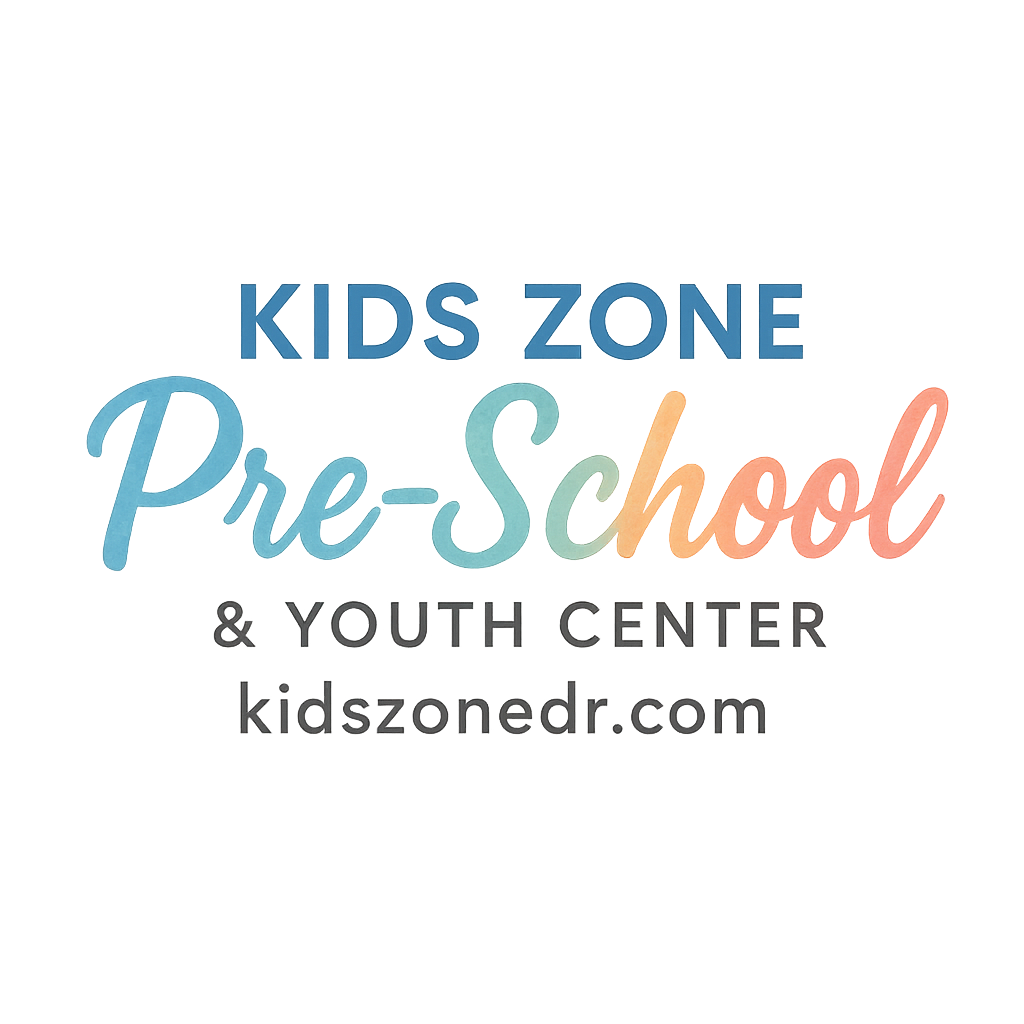Choosing the right preschool is one of the most important decisions you’ll make as a parent. But what really sets apart a high-quality preschool from the rest? It’s more than just colorful walls and cute songs. From teacher qualifications to structured routines, certain factors can significantly impact your child’s early development.
Let’s dive deep into the 7 key elements that truly define a high-quality preschool — and help you make the best choice for your little one.
What Defines a High-Quality Preschool?
A high-quality preschool isn’t just about having toys and alphabet posters. It’s an environment built intentionally to support your child’s overall growth — academically, socially, emotionally, and physically.
This means thoughtful leadership, trained educators, safe spaces, and a learning structure designed to meet kids where they are developmentally. If you’re navigating your school search, these factors are your checklist!
Why Preschool Quality Matters for Child Development
You’ve probably heard that early childhood is the most critical period for brain development. It’s true. A nurturing, well-structured preschool can set the stage for a lifetime of learning success.
High-quality early learning centers help build:
- Confidence
- Language and motor skills
- Social-emotional understanding
- Critical thinking and problem-solving
This foundation echoes through your child’s future schooling and life. Now, let’s break down the seven essential factors.
Factor 1: Qualified and Passionate Teachers
The Role of Early Childhood Educators
Teachers are the heart of any preschool. Their ability to connect with children, guide behavior, and foster curiosity makes a huge difference. A high-quality preschool will always hire qualified educators trained in early childhood development.
They understand how kids learn best and tailor their approach to suit individual needs — whether through child talk or play-based instruction.
Continuous Teacher Training and Support
Quality preschools don’t stop at hiring great teachers — they keep them growing. Professional development workshops, classroom observations, and mentorship all play a role.
Supportive leadership also prevents burnout, helping staff stay energized, enthusiastic, and engaged in your child’s learning journey.
Factor 2: Safe and Stimulating Environment
Clean, Organized, and Child-Friendly Spaces
A high-quality preschool is designed with kids in mind — and that goes beyond bright furniture. Think safety gates, soft flooring, natural light, and accessible materials.
A tidy, calm, and inviting classroom encourages focus and creativity. You’ll often see areas dedicated to reading, roleplay, puzzles, and sensory activities — all promoting learning and growth.
Strong Health and Safety Protocols
Especially post-pandemic, safety is non-negotiable. Preschools should have strict health and safety measures — from hand-washing stations to sick policies and regular sanitization.
Your child should feel safe both physically and emotionally, with caring adults and secure surroundings.
Factor 3: Well-Structured Daily Routines
Consistent Schedules That Build Security
Kids thrive on routine. Predictable schedules help them feel safe and develop independence. High-quality preschools follow a structured daily routine that includes free play, guided learning, meals, naps, and outdoor time.
And guess what? Even transitions (like putting toys away or getting ready for lunch) become learning opportunities.
Balance of Play, Learning, and Rest
A great preschool doesn’t overload children with academics. Instead, it balances educational activities with free play and relaxation — nurturing both the brain and the body.
This structure reinforces positive habits and promotes emotional regulation.
Factor 4: A Curriculum That Encourages Holistic Growth
Academic, Social, and Emotional Learning
High-quality preschools follow a curriculum that touches on all areas of development:
- Language and literacy
- Numeracy
- Social skills
- Emotional awareness
- Fine and gross motor abilities
Programs like these align with preschool learning development milestones and prepare kids for kindergarten and beyond.
Play-Based and Inquiry-Based Approaches
Learning should be fun, especially at this age. Great preschools use play-based or inquiry-based models that encourage exploration, creativity, and problem-solving.
Kids aren’t just passive learners — they’re curious scientists, actors, and adventurers. The right curriculum supports that.

Factor 5: Strong Family Engagement and Communication
Involving Parents in the Preschool Experience
Parent-school partnerships are powerful. A high-quality preschool doesn’t just tolerate parent involvement — it welcomes it! From regular updates to volunteering opportunities, parents are seen as key players in their child’s learning.
Get inspired on how to become more involved through this helpful guide on parental guidance and involvement.
Transparent Communication Channels
Whether it’s a quick text update, a monthly newsletter, or an app notification, communication is key. You should always know what’s going on in your child’s classroom — from upcoming events to daily activities.
This helps build trust and keep you informed about your child’s daily schedule and progress.
Factor 6: Focus on Social and Emotional Development
Encouraging Confidence and Self-Regulation
Preschool is where kids begin to develop emotional intelligence. A quality program teaches children how to:
- Identify and name their feelings
- Solve problems peacefully
- Build friendships
- Develop confidence
Creating a Supportive Classroom Culture
You’ll often hear the term “classroom community” — and it matters. Teachers model empathy, set consistent boundaries, and encourage respectful interactions.
This safe space empowers kids to express themselves and build strong interpersonal skills, laying the foundation for future success.
Factor 7: Clear Vision and Effective Leadership
Leadership That Inspires Quality and Accountability
Behind every great preschool is a great leader. Directors and administrators must have a clear educational vision, a love for children, and strong organizational skills.
They set the tone for the culture — fostering teamwork, professionalism, and continuous improvement.
Staff Collaboration and Shared Values
At high-quality schools, everyone’s on the same page. Teachers, assistants, and administrators share common values, support one another, and celebrate wins together.
This kind of alignment boosts morale and ensures every child receives consistent, loving care.
Final Thoughts: Choosing the Right Preschool
So how do you find a preschool that checks all these boxes? Start by visiting in person. Talk to the teachers. Observe the classrooms. Ask about the daily routine, safety policies, and curriculum.
Need help deciding? Explore this guide on choosing the right preschool for deeper insights.
Also, browse the latest posts on structure, features, and first day tips on KidsZoneDr.com to help you along the way.
Conclusion
Preschool is more than a place to keep your child while you’re at work. It’s where their lifelong love for learning can begin. By understanding the 7 factors that make a preschool high-quality, you’re setting your child up for success — academically, socially, and emotionally.
Make sure the preschool you choose feels right — not just on paper, but in your heart. Trust your instincts, ask questions, and don’t settle. Your child deserves the best.
FAQs
1. What is the most important factor in a high-quality preschool?
While all 7 factors matter, many experts agree that qualified, passionate teachers make the biggest impact on children’s development.
2. How can I check a preschool’s safety protocols?
Ask for a tour and observe their health and safety practices firsthand. Don’t hesitate to ask detailed questions.
3. What’s a typical day like in a high-quality preschool?
Most follow a structured daily routine with free play, learning time, meals, rest, and outdoor activity.
4. Do all high-quality preschools use the same curriculum?
Not necessarily. While many follow state or national guidelines, top preschools often blend various approaches to suit children’s unique learning styles.
5. How involved should I be in my child’s preschool experience?
Very involved! High-quality schools encourage strong parental involvement and open communication.
6. How can I help my child prepare emotionally for preschool?
Talk positively about school, visit beforehand, and establish a predictable routine. Read up on confidence-building and first-day tips too!
7. Where can I find more preschool tips and resources?
Visit KidsZoneDr.com and explore categories like milestones, nutrition, classroom, and more.


